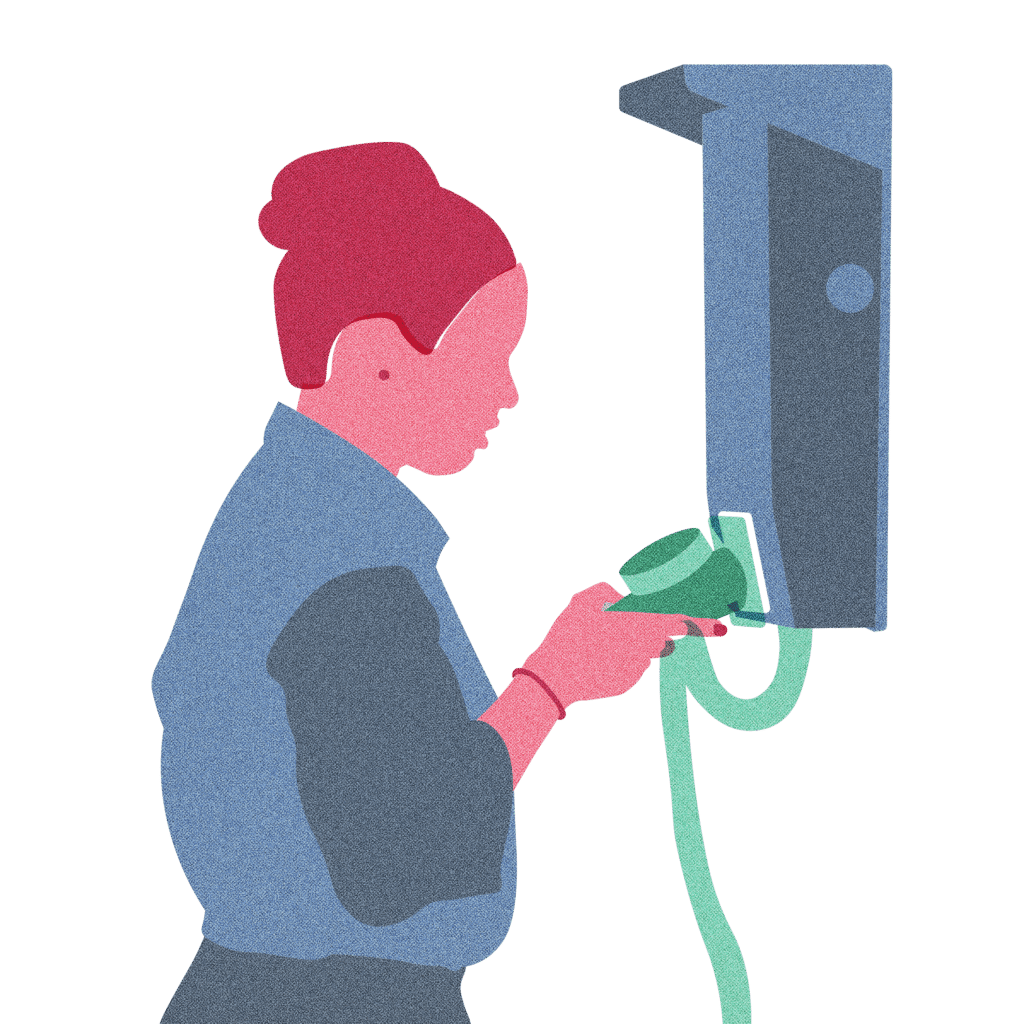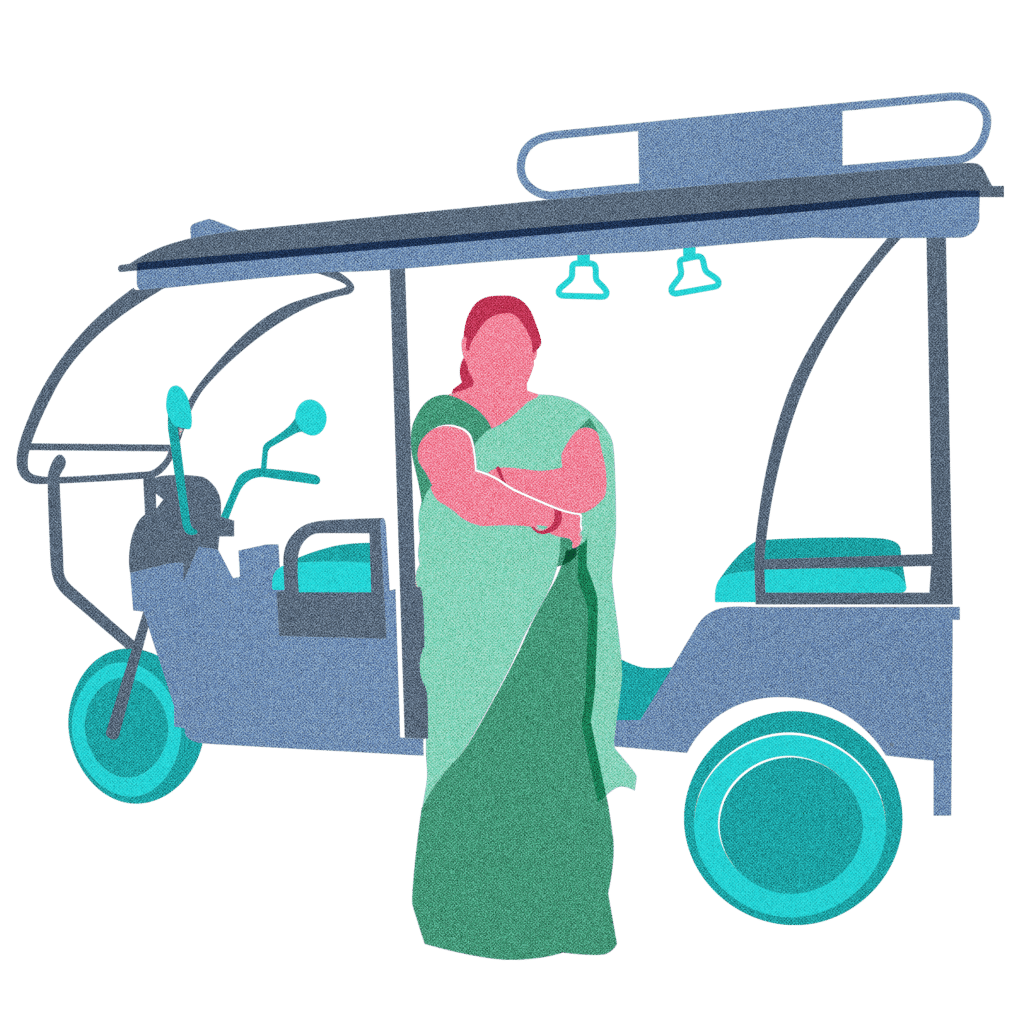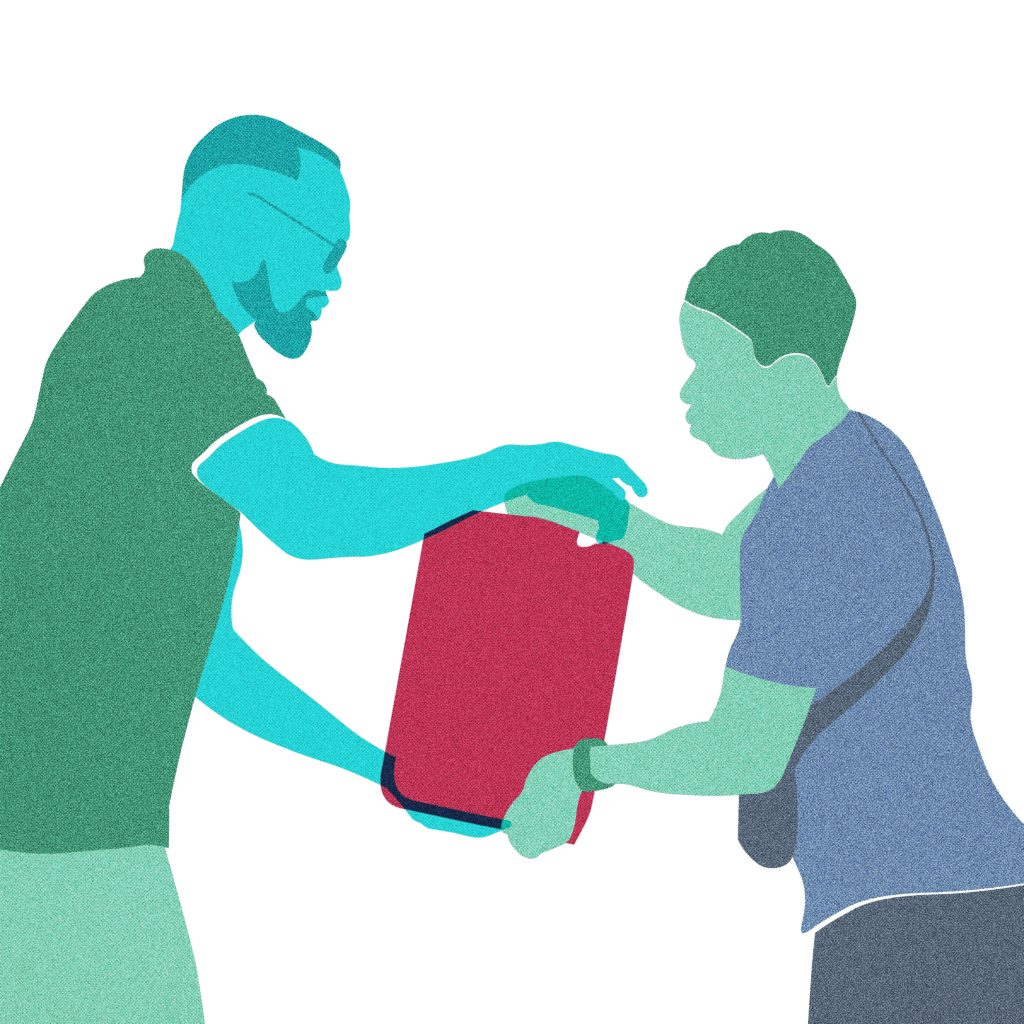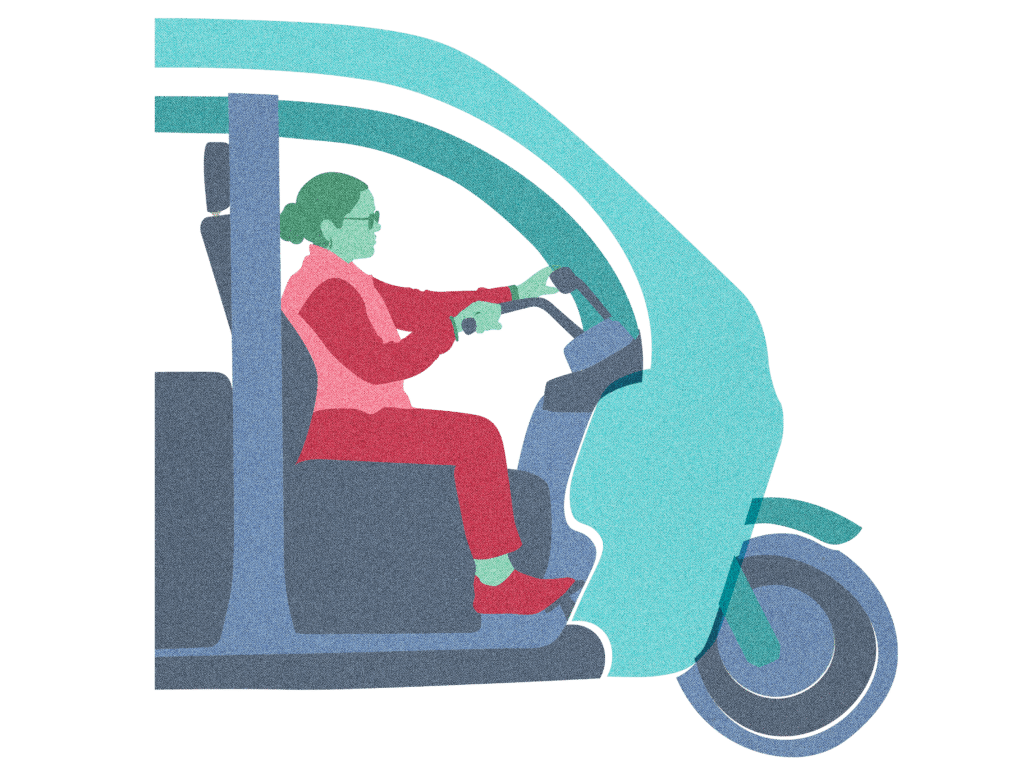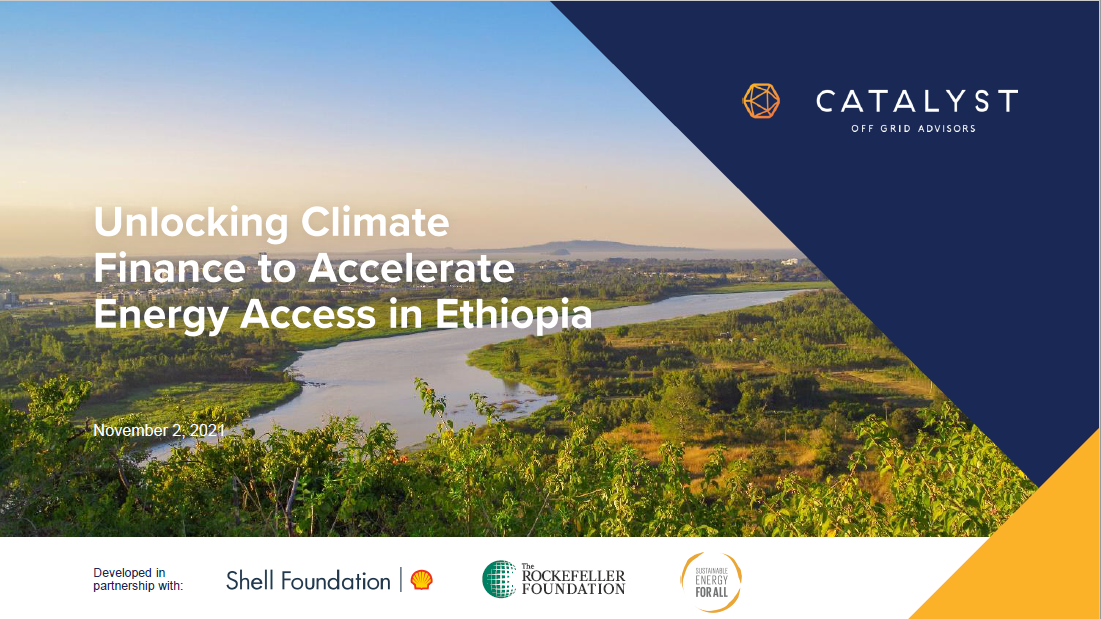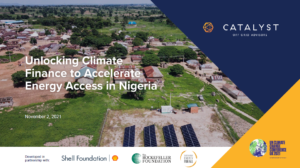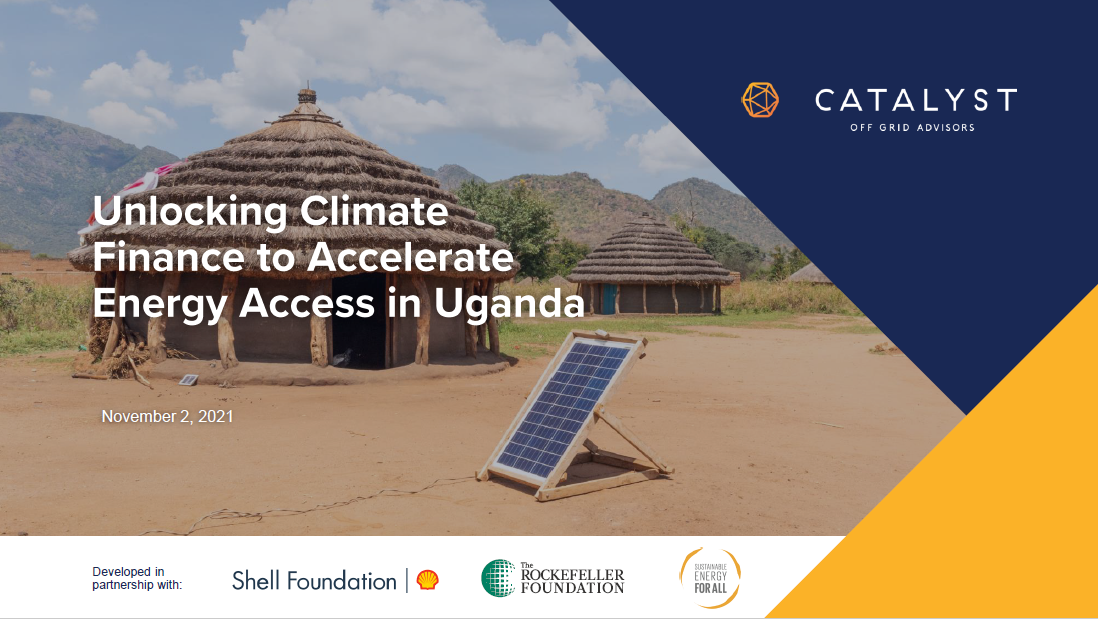Ethiopia, Nigeria and Uganda – exploring what’s needed to deliver a low-carbon energy access in three markets
Methodology
The reports take the same approach as the Green Energy Future report, applying predictive modelling to three pillars of energy access:
- Household access — What will it take to provide first-time electricity access in Africa via a low-carbon trajectory that avoids millions of tons of CO2e emissions?
- Greening back-up generation — What’s required to get enterprises and households to transition off back-up generators and onto decentralized renewable sources of power?
- Modern cooking access — What is a credible scenario to move a portion of African households onto modern cooking solutions?
The modelling forecasts three scenarios for each thematic pillar: business-as-usual, high-carbon, and low-carbon, shows the avoided emissions between the high- and low-carbon scenarios, and then provides the investment costs associated with the low-carbon scenario.
Read the full analysis: How climate investors can accelerate energy access in Africa.
Country-specific interventions
By applying this methodology to Ethiopia, Nigeria and Uganda, the research puts forward three to four game-changing interventions tailored to the specific context and opportunities in each country.
In Ethiopia, the research shows that 99% of electricity generation comes from renewables (mainly hydro) and household tariffs at the lowest consumption tier are less than 1 US cent per kilowatt hour consumed. However, there is a large access divide between urban and rural populations, and 95% of Ethiopian households cook with traditional fuels.
At the COP launch session, Dan Murphy, Catalyst Off-Grid Advisor’s Managing Director, highlighted the potential for Ethiopia to convert 5 million households, that are grid connected but still cook with charcoal, to electric cooking.
‘Approximately $900 million in climate finance would be needed to pay for the rollout of electric pressure cookers and induction stoves, and support grid infrastructure upgrades,’ said Dan. ‘This game-changer would produce profound impacts: 21 million tons of CO2 emissions could be avoided by 2030 and thousands of deaths from household air pollution can be avoided.’
‘The good news is that electric cooking pilots are already happening in Ethiopia, so now the challenge is to position those initiatives to scale.’
DOWNLOAD THE ETHIOPIA DEEP DIVE (PDF, 2MB)
Nigeria is Africa’s most populous country, with over 200 million inhabitants. Of those, roughly 40% are unelectrified and for those that are connected to the grid, over 80% of their power comes from gas-fired power plants.
Despite significant sector reforms in recent years, Nigeria’s power sector struggles with massive reliability challenges that translates into nearly 50% downtime . As a consequence, Nigeria hosts half of Africa’s genset fleet, with 3.6 million units.
‘For Nigeria, one game-changer would be to aggregate clusters of demand from existing grid-tied commercial gensets that are geographically proximate to one another,’ said Dan. ‘These would be bundled into multi-customer “community solar” clusters that would be interconnected via solar powered mini-grids.’
The research posits a scenario where 100 community solar installations are introduced with an average of 1.5 MW of installed capacity each. In this scenario:
- Investment costs would be approximately $320 million.
- 2,000 commercial gensets would be replaced, with an installed capacity in excess of 160 MW
- Nearly $400 million in fuel costs for these retired gensets would be eliminated
- 1.3 million tons of CO2 emissions would be avoided by 2030
DOWNLOAD THE NIGERIA DEEP DIVE (PDF, 2MB)
The research illustrates a stark reality in Uganda, where 43% households are unelectrified, despite having high penetration of off-grid solar technologies – with 38% of households getting their power from small-scale solar products, with the remaining 20% are grid connected.
For those that are connected to the grid, their power is quite clean, with 98% coming from renewables; however, like Nigeria grid reliability is a challenge.
A striking feature of the Ugandan power sector is the very low level of power consumption on a per capita basis. The research modelling shows that by 2030, Ugandans will only consume an average of 72 kWh per person per year. In contrast, the Energy for Growth Hub recently put forward a new electricity access benchmark that sees 300 kWh of annual consumption as the quantum needed to lift households out of energy poverty and to spur local economic development.
Catalysing productive use appliances (PUEs) that power small businesses – carpentry, welding, cold storage, and milling and grinding of crops, etc. – can create jobs and boost community development, boost revenue for both the national utility and mini-grid operators and enable further investment in improving and expanding power supply.
DOWNLOAD THE UGANDA DEEP DIVE (PDF, 2MB)
A call for partnership
This latest research has several implications for Shell Foundation, those working in the distributed renewable energy (DRE) sector, and climate-first investors.
It is increasingly clear that we need to partner with other sector organisations to multiply the level of investment the DRE sector has seen to-date many times over. This involves structuring innovative financing vehicles that can provide blends of appropriate finance to scale enterprises and articulating the impact of investment to improve risk/reward perceptions.
As grant providers, we are increasingly pooling our capital with other donors, particularly FCDO, USAID and Power Africa, and designing more substantial, long-term programmes to direct grant funding where it is most useful.
To demonstrate how much impact the DRE market can deliver, and scale both the enterprises and financial vehicles needed to prove that impact, climate and social investors will need a far smarter concentration and coordination of resources at the country level – in partnership with local governments.
SF is exploring how it can work in a more concerted manner in a few countries going forward to demonstrate how this can work, continuing to support innovation across a wider geography. That will build investor confidence as well as increase the pipeline of African-led businesses in the market.
The research clearly shows that both standalone solar and mini-grids are going to be key to delivering access by 2030 – across these three countries alone we are looking at 4-5% mini-grid coverage and ~30% standalone solar coverage to meet targets.
SF will need to keep investing in both sectors to improve service, lower costs and expand reach – and then support the integration of technologies at the right time. We would envisage that the ability of the mini-grid sector to serve lower-income households will increase, while the solar home system sector will adapt to new opportunities including larger units that also start to displace diesel gensets, power TVs, fridges and power tools, as well as the application of this technology and PAYGO energy for productive use, for example through irrigation, processing, cooking and cooling solutions for farmers.
The good news is that cost-effective solutions exist, they are already being deployed across Africa, the economics are steadily improving, and the investment is only a fraction of the cost of extending the national grid to all parts of the continent.
Grant funding and partnerships can be used to access the investment needed to take the market into commercial territory and deliver the decentralised renewable energy solutions that are urgently needed by households, health care facilities, schools, farms and small businesses in rural Africa.





